Bavaria swept me off my feet with its perfect mix of tradition, beautiful scenery, and unique experiences you just won’t find anywhere else in Germany. Whether I wandered the storybook streets of Munich, hiked up green hills near Garmisch-Partenkirchen, or munched on fresh pretzels in a tiny village, every day seemed to surprise me.
It honestly feels like every corner hides something new—joyful festivals, peaceful lakes, and castles that look straight out of a fairy tale.
Most people picture Bavaria and think of Lederhosen, Dirndl, and those massive beers at Oktoberfest. But as I traveled through this enchanting region, I found a side of Bavaria that goes way beyond the famous snapshots.
Friendly locals, a food scene that’s richer than you’d expect, and small towns bursting with history made each spot feel special. If you’re planning a Bavaria itinerary, trust me, there’s so much more waiting than just the well-known traditions.
Every reason why Bavaria stole my heart comes from real adventures and memories you can totally have too, whether you’re backpacking or planning a road trip through southern Germany.

Timeless Traditions and Bavarian Flair
Bavaria pulses with vibrant traditions that bring history to life. Time-honored clothing, festivals, and heartfelt rituals shape daily life here.
This creates an atmosphere that feels both welcoming and genuine.
A Living Tapestry of Festivals and Folklore
As I wandered Bavarian towns, I quickly saw how deeply local traditions are woven into daily life. From Maypole dances in spring to cozy Advent markets in December, every season brings its own colorful celebrations.
Oktoberfest is legendary and draws millions each fall. But honestly, the smaller fests like Starkbierfest (Strong Beer Festival) or the Kirchweih church fairs show how tradition stays alive beyond the tourist crowds.
In the north, Franconia hosts Kirchweih, honoring centuries-old church dedications with parades and feasts. Locals re-enact folklore stories and keep old crafts alive through hands-on workshops, making the past feel almost right there with you.
At any festival, I jump in on the singing, watch folk dances, and taste foods handed down for generations. It’s like stepping inside a living story.
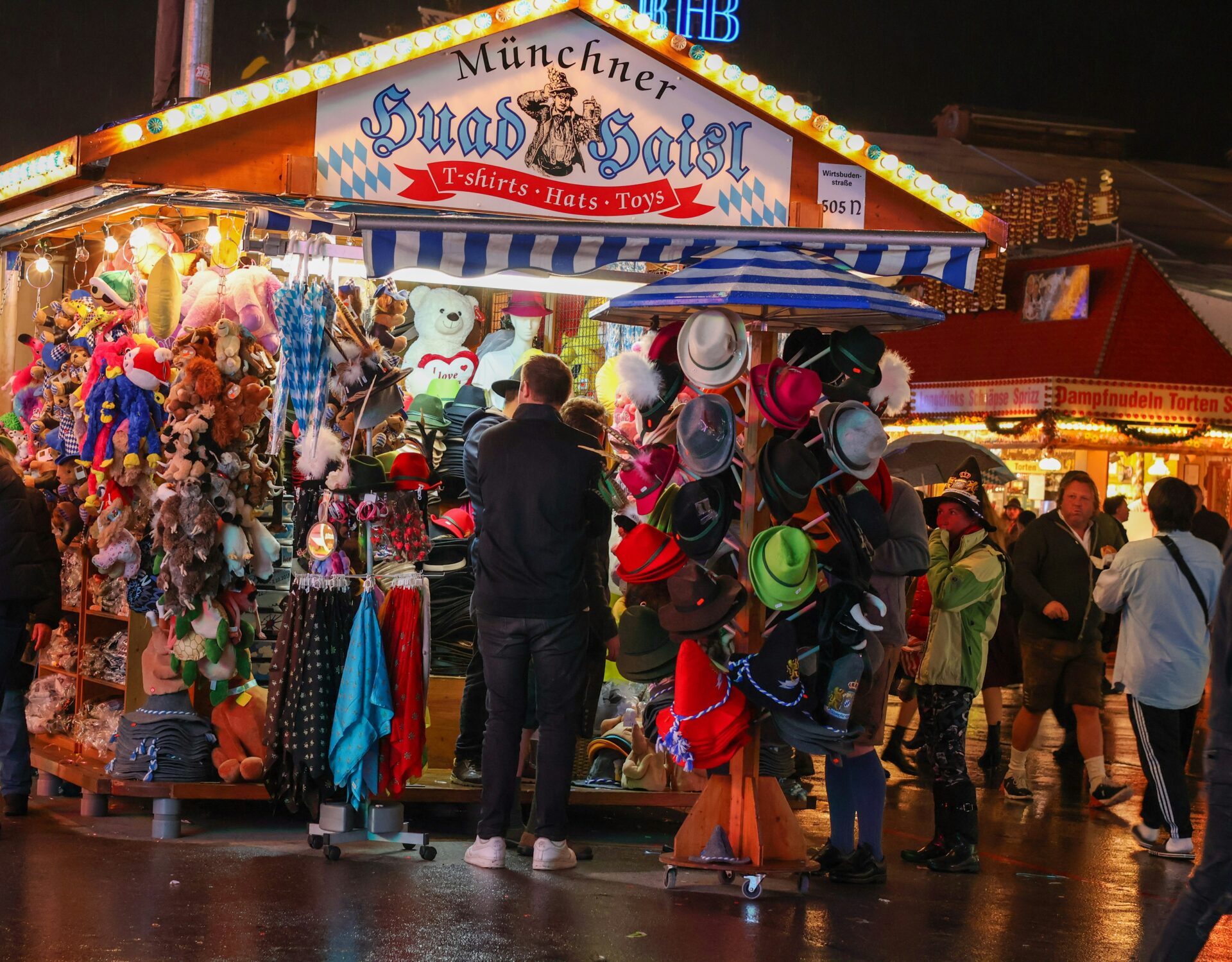
The Enduring Allure of Lederhosen and Dirndls
Nothing says “Bavaria” quite like traditional dress. Lederhosen for men—those sturdy leather trousers—and dirndls for women are more than costumes; they’re a badge of pride.
During festival time, entire families dress up. I borrowed a dirndl once and felt instantly swept up in the joyful energy.
Each outfit’s details—embroidered suspenders, floral aprons, silver clasps—carry stories and history. Some families pass these clothes down, adding little touches for weddings or birthdays.
Even in modern Munich, I spot locals shopping for lederhosen and dirndls, not just for Oktoberfest, but for family gatherings and Sunday strolls. Wearing traditional clothing connects people to their roots and reminds me that Bavarian culture values both the old and the new.
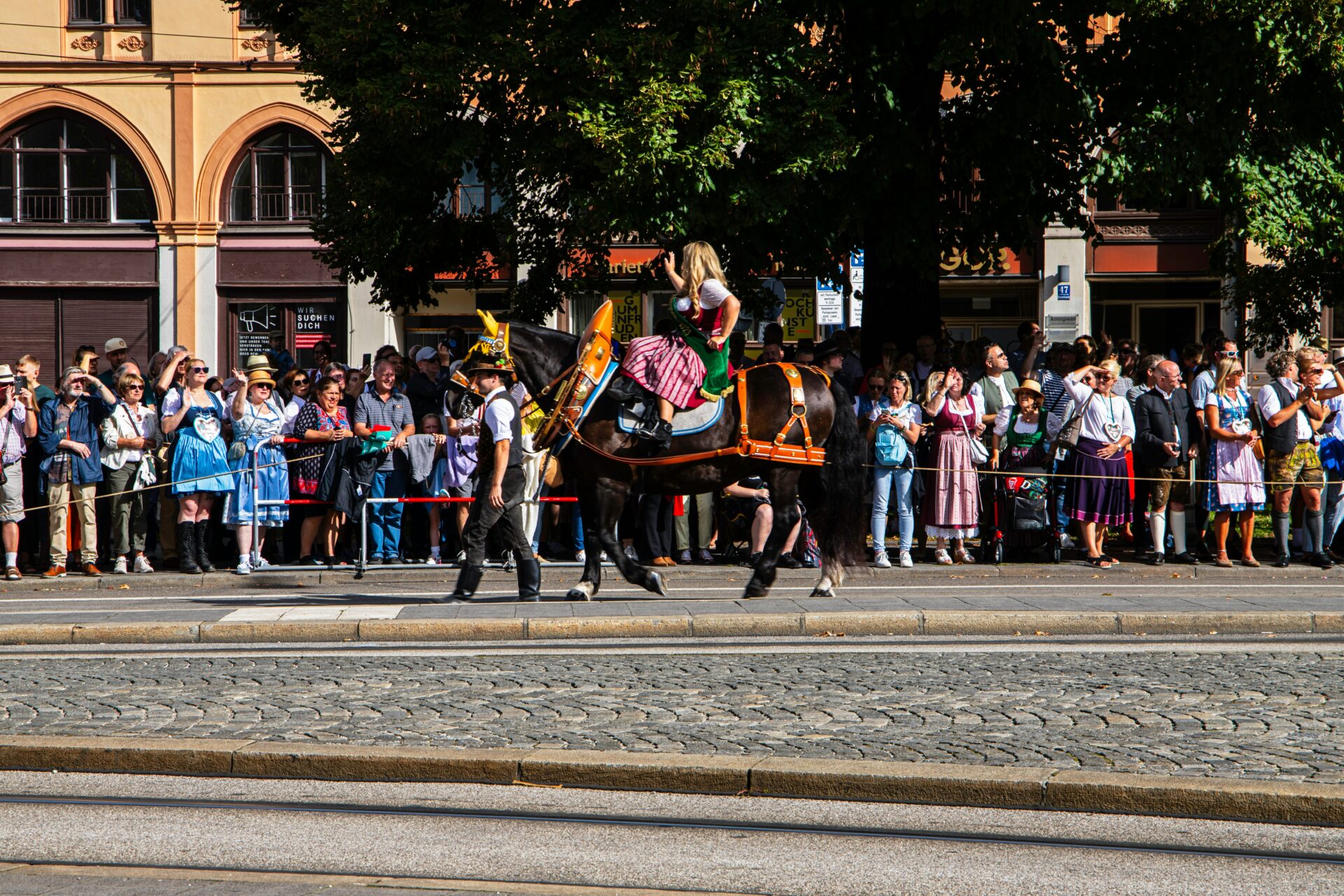
Warmth of Bavarian Hospitality
Honestly, the real heart of Bavarian traditions is its hospitality. Whether I’m in a beer garden, a cozy inn, or a bustling folk festival, I always feel welcome.
Locals greet strangers with a cheerful “Servus!” and invite them to share long tables. Meals are about togetherness, with plates piled high with pretzels, sausages, and sweet mustard.
Even outside big events, Bavarians make time to celebrate simple joys—maybe a spontaneous polka in the town square or a friendly game of cards. This openness to travelers and neighbors makes Bavaria feel like home, even if I’m far from mine.

Must-See Folk Festivals
Bavaria’s festive calendar is packed with events that showcase its unique culture. Here’s a quick guide to a few standouts worth planning a trip around:
| Festival | When | Highlights |
|---|---|---|
| Oktoberfest | Late Sept-Oct | Giant beer tents, traditional music, parades |
| Starkbierfest | March | Strong beer, hearty fare, local bands |
| Kirchweih | Summer-Autumn | Church dedications, village fairs, folk customs |
| Leonhardi Rides | November | Horse-drawn processions, blessings, costumes |
Even just one of these festivals will show you how much Bavaria cherishes its roots. Each one gives you a chance to dance, eat, dress up, and experience local traditions in a way no museum ever could.
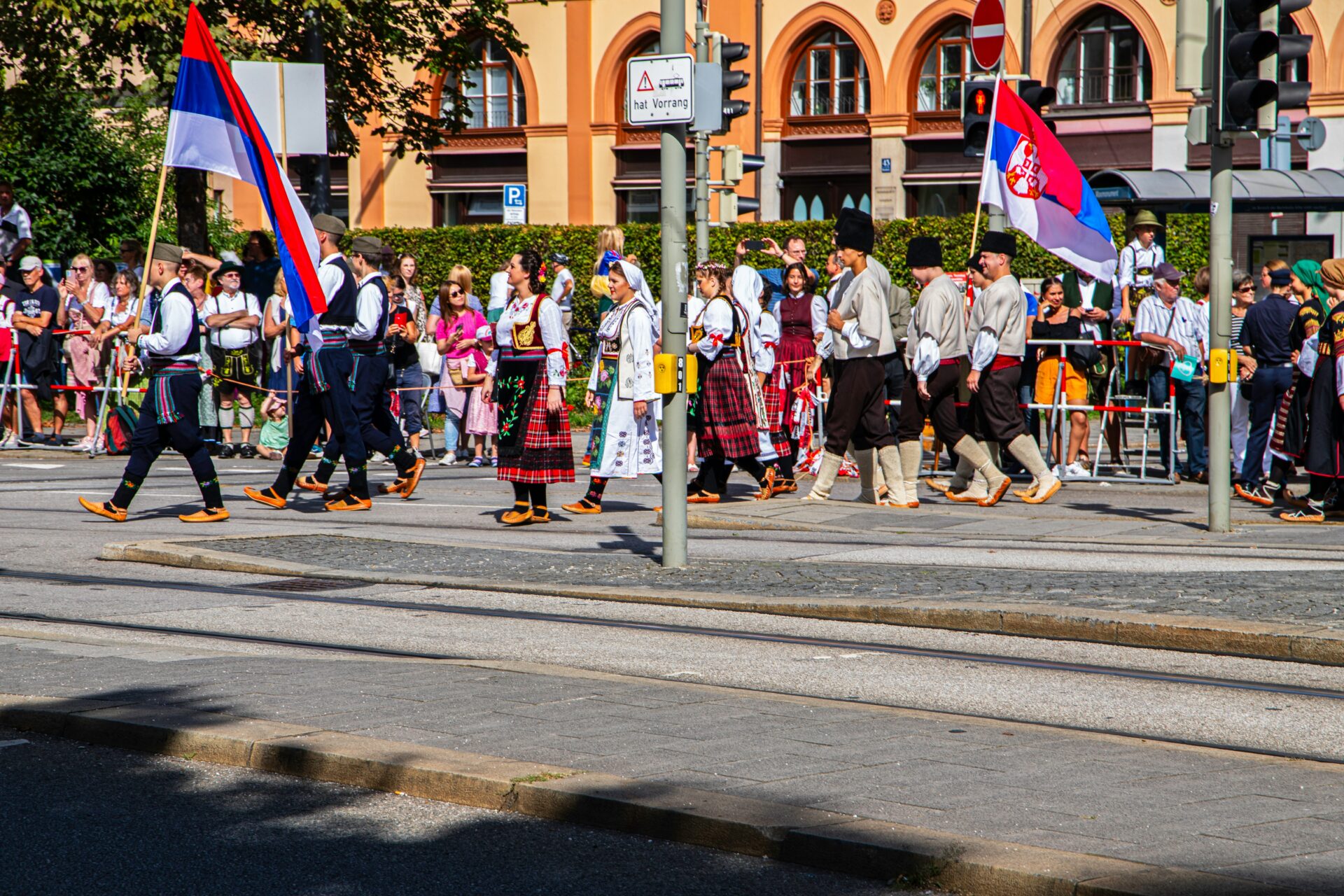
Fairy-Tale Castles and Storybook Towns
Bavaria feels like a living storybook, full of dreamy castles, cobblestone towns, and hidden corners that spark the imagination. Its rich history and stunning architecture invite explorers to step right into scenes from a fairy tale.
Exploring the Magic of Neuschwanstein Castle
I stood at the foot of Neuschwanstein Castle, and honestly, it took my breath away. Perched on a hill in Hohenschwangau, this fairy-tale castle inspired Disney’s Sleeping Beauty.
Its tall white towers and mountain views make it one of the most recognizable castles in the world. I recommend going early or grabbing a timed ticket—lines get long, especially in summer.
Inside, you’ll find rooms decorated with murals from German legends. The king’s bedroom, with its hand-carved bed and ornate blue ceiling, stands out.
But honestly, you don’t have to go inside to enjoy the magic. The Marienbrücke Bridge behind the castle offers a perfect spot for photos of the castle against the Alps.
If you have time, check out the nearby Hohenschwangau Castle—where King Ludwig II grew up. Together, these castles show off Bavaria’s romantic spirit.
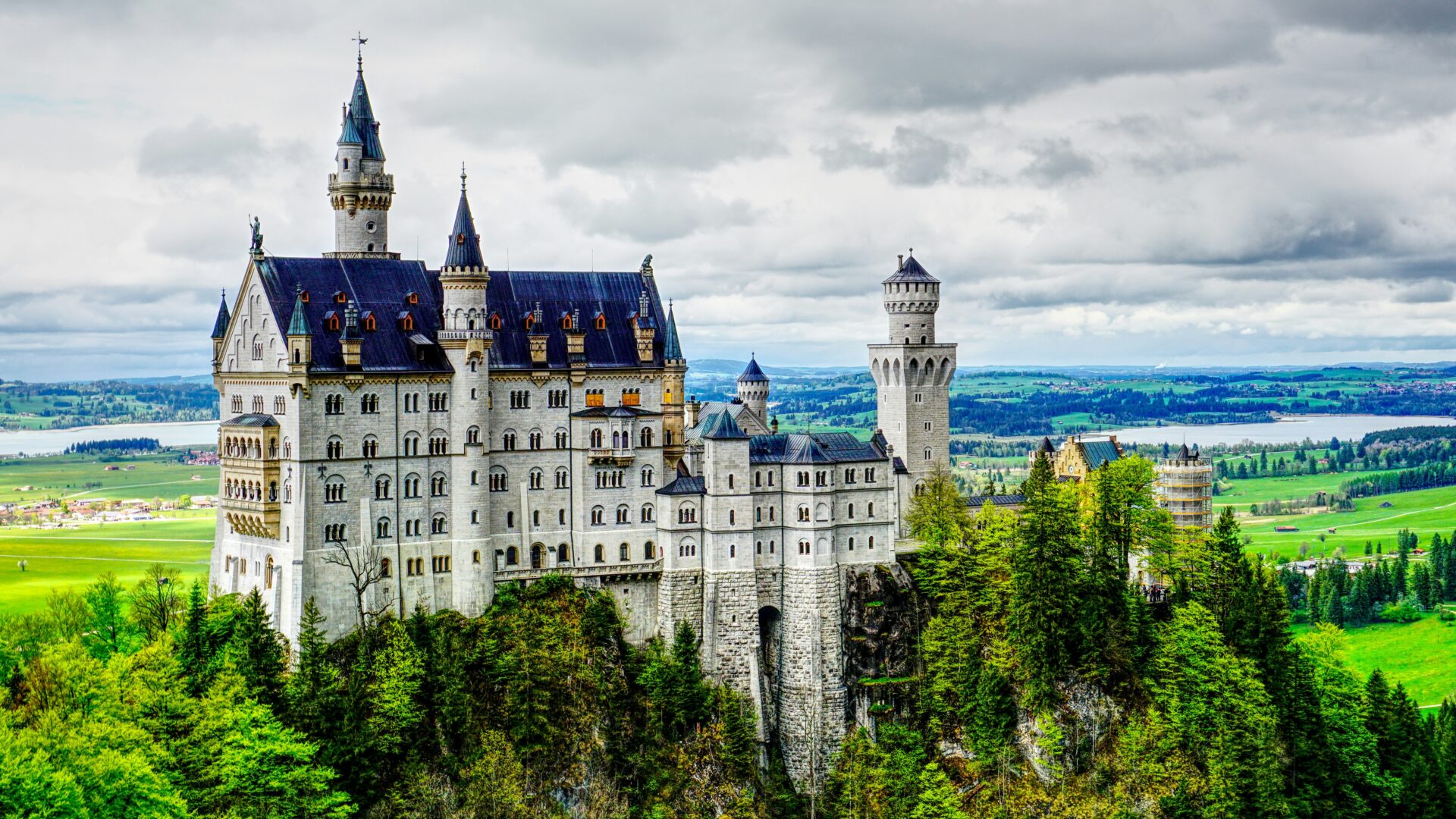
Medieval Charm of Rothenburg ob der Tauber
Walking into Rothenburg ob der Tauber felt like stepping into another century. The town is famous for its well-preserved medieval architecture—half-timbered houses, narrow cobblestone streets, and towers peeking above tiled roofs.
This small town often gets called “Germany’s best-preserved medieval city,” and honestly, it shows at every corner.
I loved wandering the city walls, which you can still walk on for sweeping views. The town square is full of history, with every building telling a story.
I visited the Christmas Museum—even in summer, it felt magical. Shopfronts filled with traditional crafts and bakeries selling Schneeballen made for a tasty afternoon snack.
Spending a night here lets you see the town’s quieter side after the crowds leave.
Key sights include:
| Site | Highlights |
|---|---|
| Town Wall Walk | Views of rooftops and countryside |
| St. Jakob’s Church | Ornate altar carvings |
| Christmas Museum | Year-round festive displays |
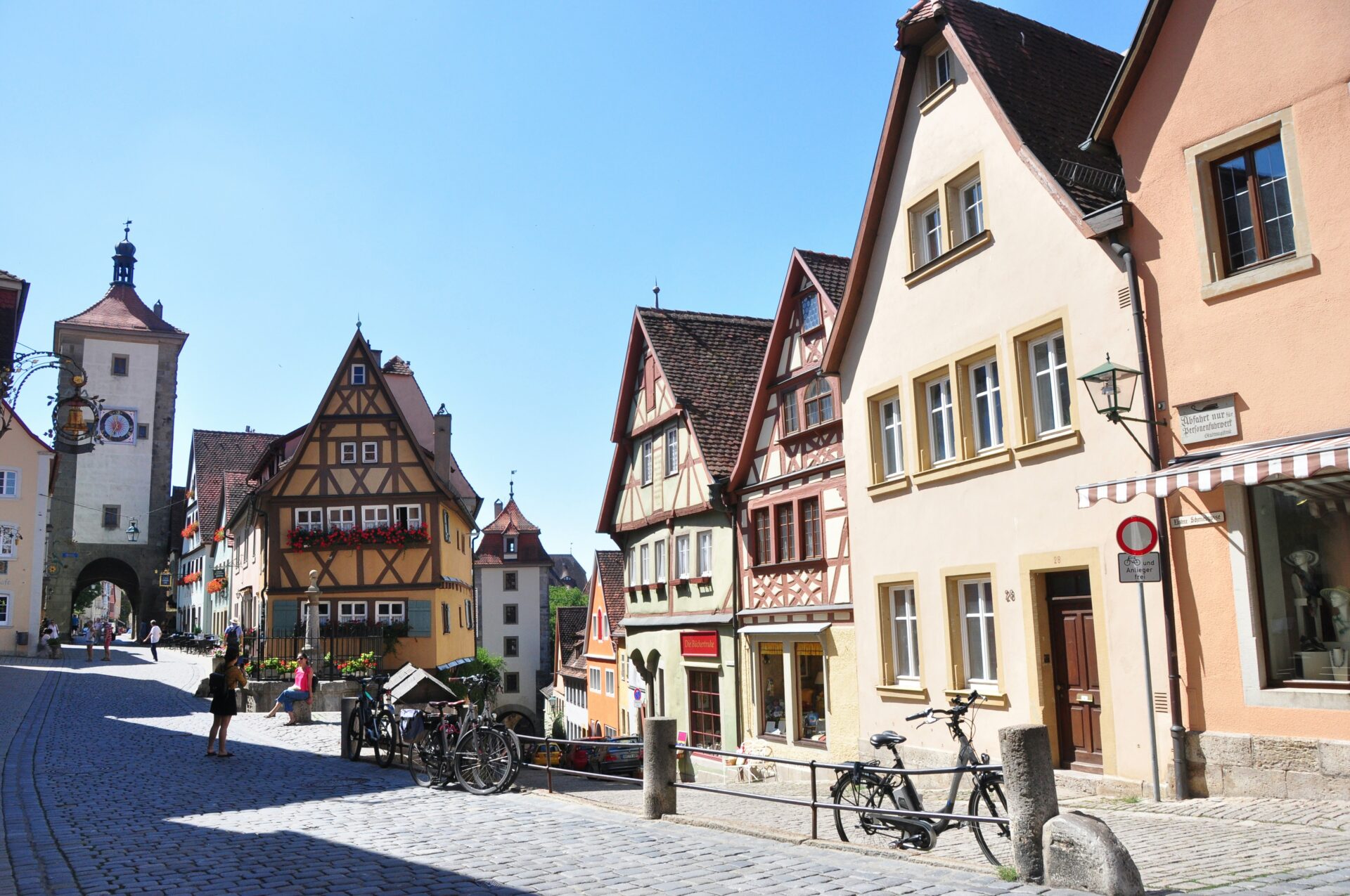
Journey Along the Romantic Road
Driving the Romantic Road, I discovered how each stop brought a new kind of fairy tale. This famous route links storybook villages, peaceful countryside, and cultural treasures from Würzburg to Füssen.
I stopped in small towns like Dinkelsbühl and Nördlingen, each with colorful houses and friendly markets. Along the way, medieval towns and historic sites pop up, each with their own charm.
One of my favorite moments was exploring Bamberg, a UNESCO World Heritage Site, known for its old town and riverside buildings. I’d suggest planning extra time for stops—there’s so much to see, from castle ruins to local cheese shops.
Field Notes:
- Popular Stops: Würzburg, Rothenburg ob der Tauber, Dinkelsbühl, Augsburg, Füssen
- Travel Tip: Try to stay overnight in at least one smaller town for quieter evenings.
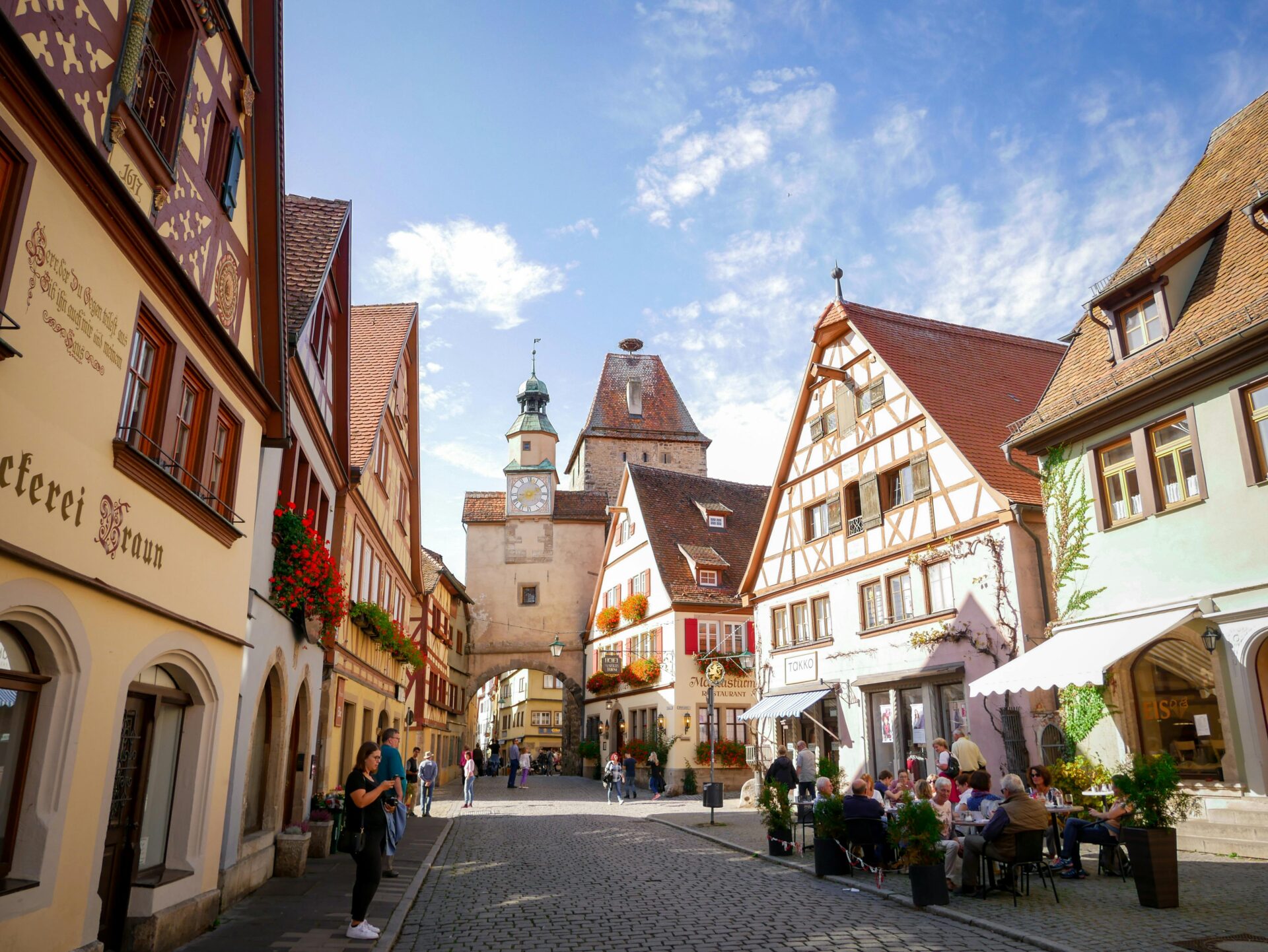
Imperial Legends in Nuremberg
When I first arrived in Nuremberg, the Imperial Castle immediately stood out on the skyline. This historic city is known for its strong walls and significant past, especially the mighty Kaiserburg (Imperial Castle), which goes back to the Middle Ages.
Climbing ancient towers, I looked out over the red-roofed city below. Walking the old streets around the castle felt fascinating.
Medieval churches and market squares add to the sense of history. The city’s old town still buzzes with life—bakeries, little sausage stands, and shops full of local crafts.
I explored the underground cellars and learned about Nuremberg’s legacy as a center for trade and culture. Nuremberg’s Christmas market draws visitors from across Europe.
Whether you come for the history or the food, there’s something special about standing in places that have seen so much.
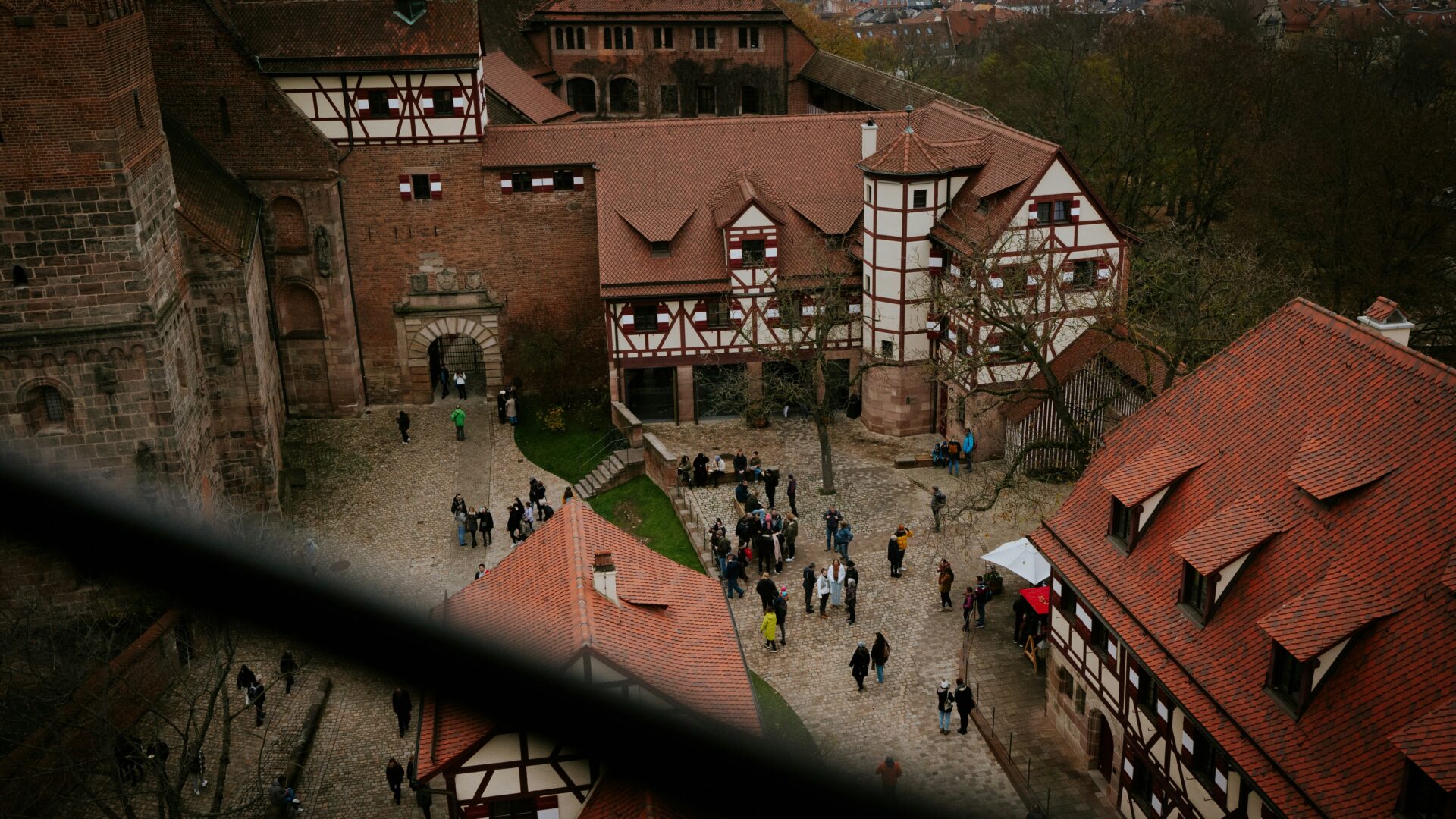
Bavaria’s Enchanting Natural Beauty
Bavaria surprised me with its diverse landscapes, from towering snow-capped peaks to tranquil lakes tucked between green hills. Every corner of this region felt like stepping into a postcard.
Whether I was hiking rugged trails or gliding across glassy water, the scenery kept me in awe.
Spectacular Alpine Vistas in the Bavarian Alps
The Bavarian Alps are a dream for anyone who loves dramatic mountain scenery. When I first saw the jagged peaks, lush meadows, and deep valleys stretching beyond Garmisch-Partenkirchen, I almost couldn’t believe it was real.
Each season brings its own magic. In summer, wildflowers color the hills while clear skies reveal endless views.
Winter wraps everything in white, turning the landscape into a paradise for skiers and snowboarders.
Top places to spot Alpine vistas:
- Garmisch-Partenkirchen
- Füssen and its nearby lakes
- Königsee for boat rides with mountain reflections
Even just taking the train between Munich and the south gives you incredible sights from your window. Every trip through this region felt like a moving gallery of natural masterpieces.

The Magic of Zugspitze—Germany’s Highest Peak
Zugspitze towers above everything else, and it really is the king of the Bavarian Alps. Reaching the summit was a highlight for me.
I hopped on the cable car and suddenly found myself in a world of snow and sky, looking over Germany and deep into Austria.
At 2,962 meters, Zugspitze gives you a panoramic view like nowhere else in southern Germany. Up here, the air feels crisper and the light seems brighter.
On a clear day, you can even spot four countries: Germany, Austria, Italy, and Switzerland.
- Cable car or cogwheel train rides
- Glacier hiking and summer snowfields
- Mountain cafés for hot chocolate with a view
I remember sipping coffee at the summit while clouds drifted below my feet. It’s one of those moments where you just slow down and breathe.
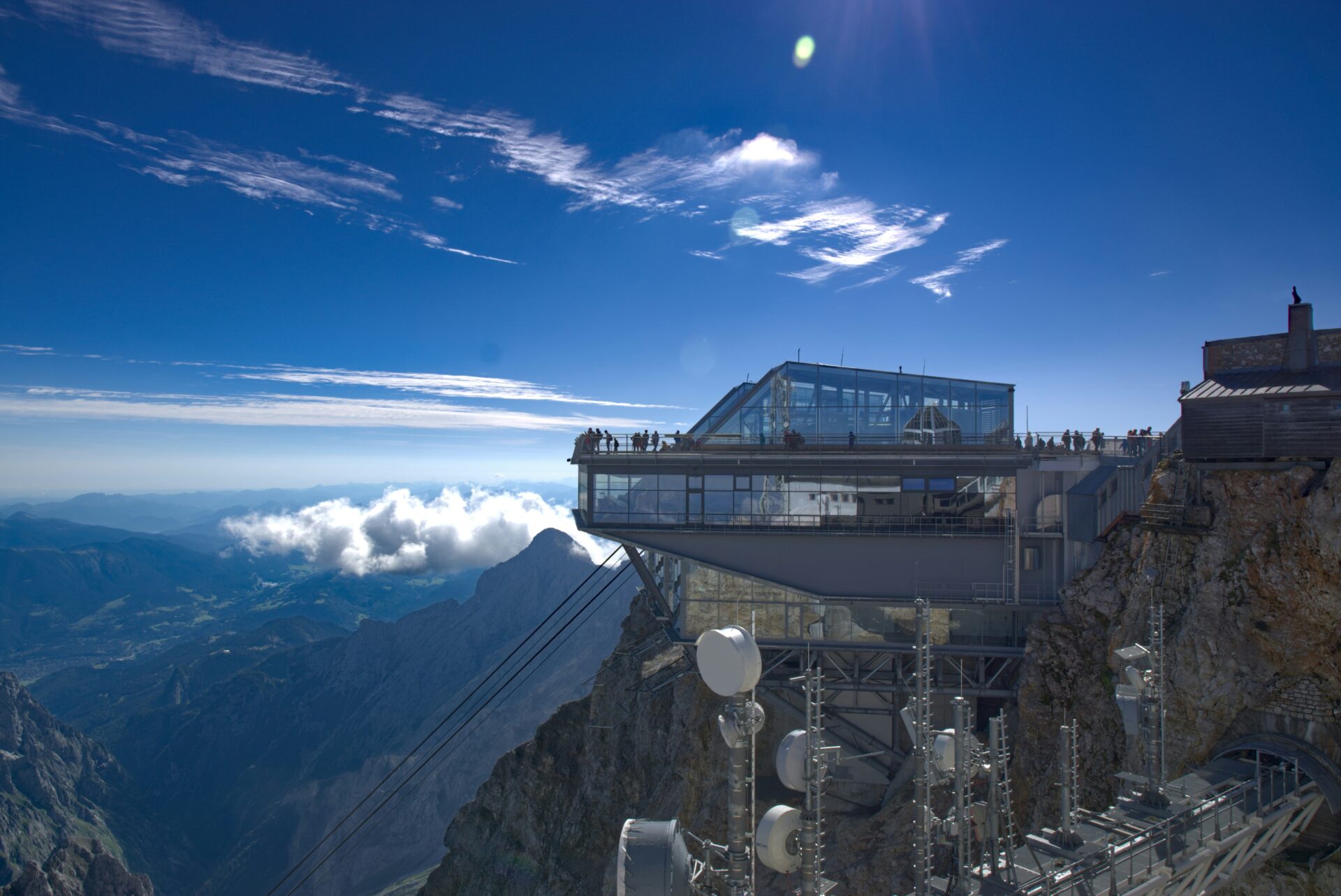
Lakes, Forests, and Hidden Valleys
Beyond the peaks, Bavaria’s natural beauty shows up in peaceful, lesser-known places. I spent quiet afternoons wandering through thick forests and finding small streams running through hidden valleys.
The Altmühl Valley, with its rolling hills and quaint villages, gave me perfect spots for a picnic or a slow bike ride.
Lakes are everywhere. Königsee, with its emerald-green water and cliffs, almost doesn’t look real.
Still, my favorite was the peacefulness of smaller lakes near Füssen, where locals swim in summer while birds fly overhead.
My favorite ways to explore Bavaria’s wild side:
- Walking through nature parks
- Renting a rowboat at a quiet lake
- Following woodland trails to surprise waterfalls
These places felt untouched and calm, especially early in the morning or late afternoon when most tourists were somewhere else.
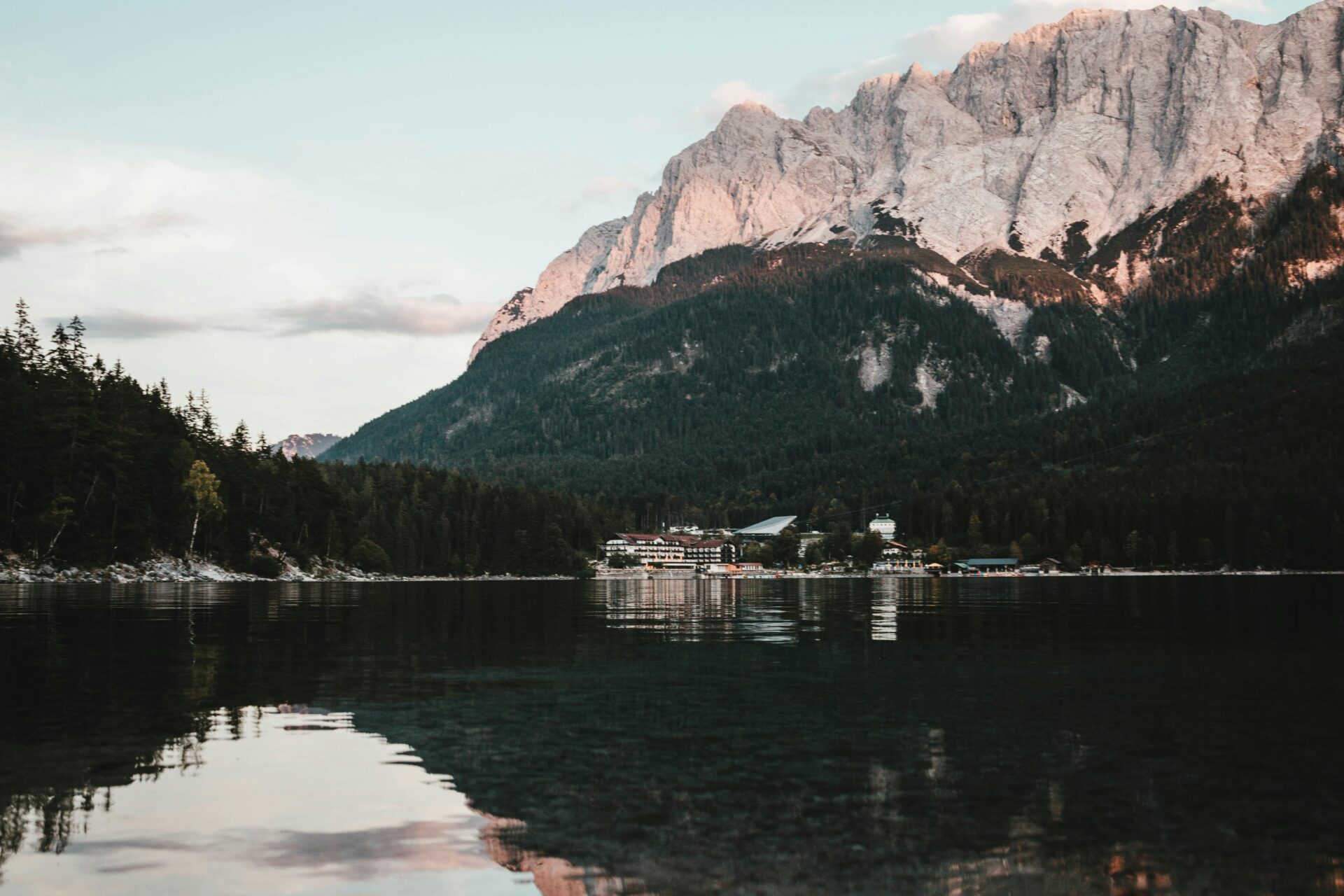
Seasons of Outdoor Adventure
Bavaria’s outdoor life changes with every season, so there’s always something pulling me back. In winter, Garmisch-Partenkirchen becomes a lively ski resort.
I gave snowboarding a shot for the first time, but honestly, I found the snowshoe trails more my speed. They’re perfect if you want to slow down and just soak up the snowy silence.
When spring rolls in, the mountains call out for hiking and cycling. Wildflowers start popping up everywhere, and cool streams tempt hikers to dip their feet.
Summer brings gentle breezes that make sailing or paddleboarding on Königsee a blast. There’s something about warm days on the water that just feels right.
In fall, I can’t resist walking through the woods as the leaves turn gold and red. The forests get this quiet, almost mysterious vibe—ideal for taking photos or just taking it easy.
Seasonal activities at a glance:
| Season | Activities | Best Locations |
|---|---|---|
| Winter | Skiing, snowboarding | Garmisch-Partenkirchen |
| Spring | Hiking, cycling | Altmühl Valley, Füssen |
| Summer | Boating, swimming, camping | Königsee, small lakes |
| Autumn | Walking, photography | Forests, hidden valleys |
No matter when I go, I find a way to connect with Bavaria’s landscapes—sometimes chasing adventure, sometimes just looking for a bit of peace.
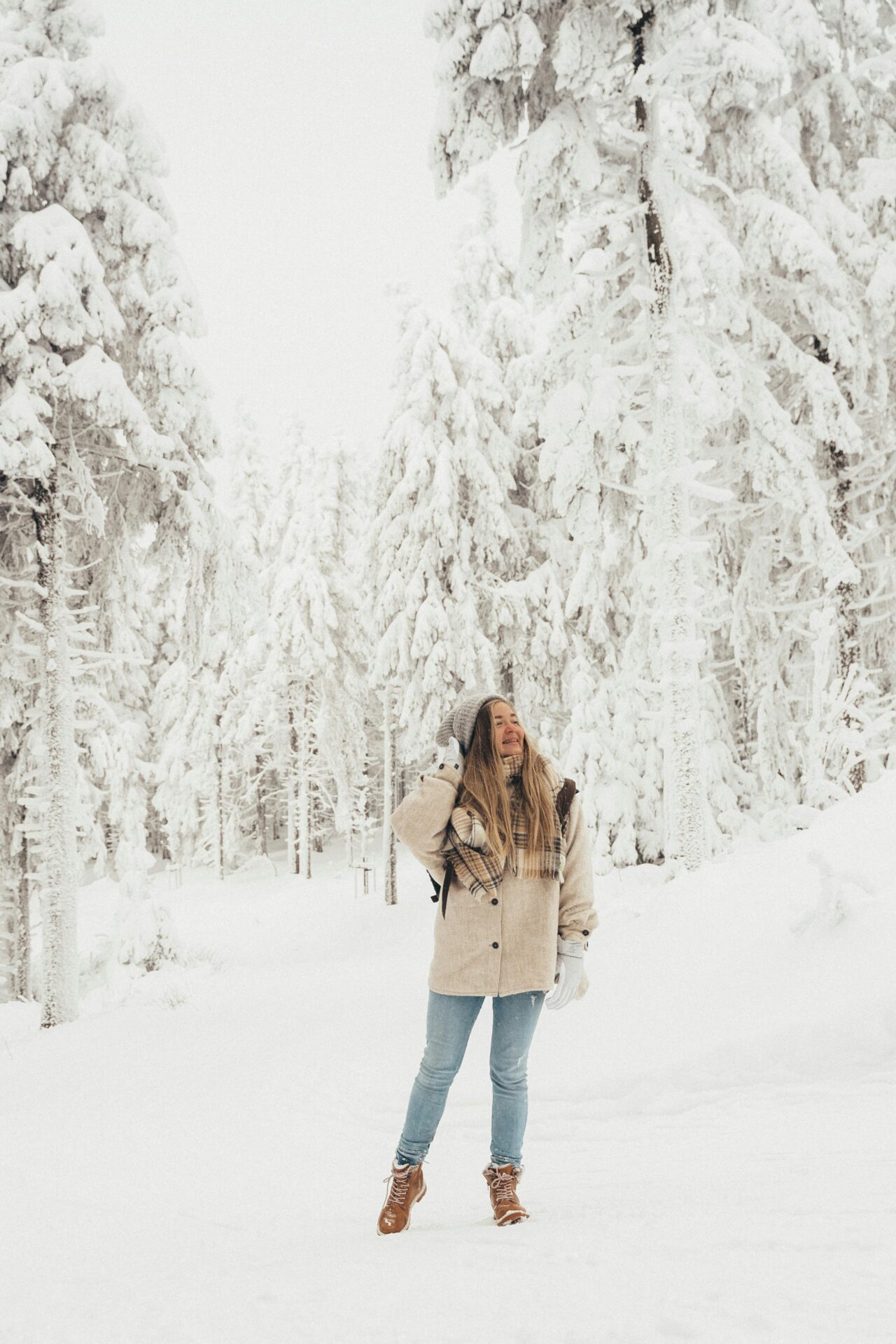
Munich: Heartbeat of Bavaria
Munich always pulls me in with its mix of old-world history, sprawling parks, and buzzing streets. It’s a city where old traditions keep bumping into new ideas, and somehow it all works.
Every visit feels a little different. There are iconic landmarks, quirky markets, and surprising green spaces tucked between the buildings.
Marienplatz and the Iconic Glockenspiel
Whenever I stand in Marienplatz, I can feel Munich’s energy. This main square is where everyone seems to end up, whether they’re celebrating, meeting friends, or just passing through.
The buzz starts early and goes well into the night. Street performers show up, and there’s no shortage of places to grab a snack.
The big draw, at least for me and most tourists, is the Glockenspiel in the New Town Hall’s tower. Every day at 11 a.m. and noon, crowds gather to watch the little figures twirl and act out stories from Munich’s past.
The show lasts about 12 minutes, which is just enough to keep my attention without dragging on. The chimes echo across the square, and it’s easy to get caught up in snapping photos or just soaking up the moment.
I never skip the Glockenspiel. It’s touristy, sure, but it’s also kind of charming.
- Tip: Show up a bit early for a good spot, or grab a coffee at a terrace for a perfect view.
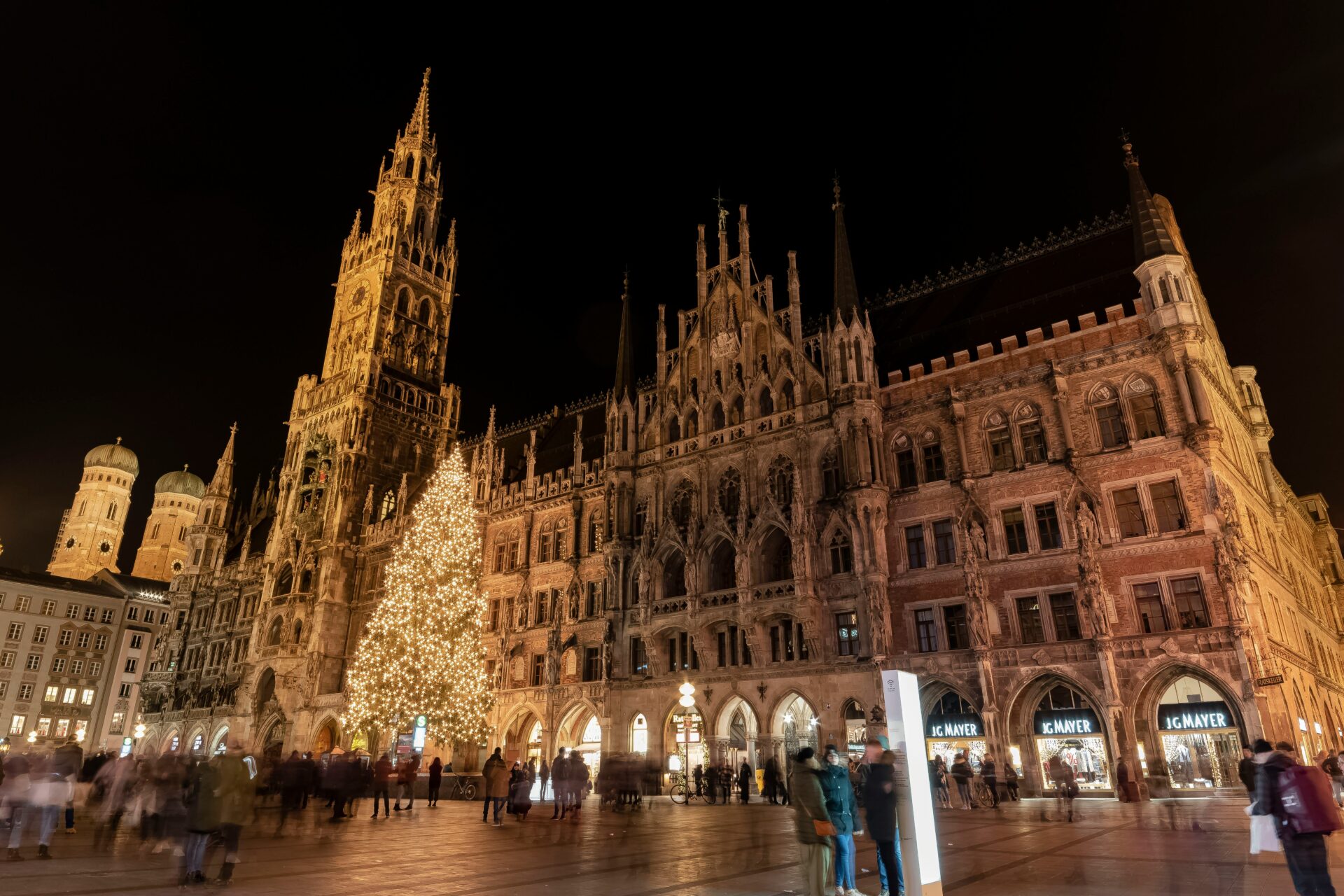
Discovering the English Garden and Eisbach River
When the city gets overwhelming, I escape to the English Garden. This park is massive—actually bigger than Central Park in New York.
Even when it’s crowded, it feels relaxed. Locals sunbathe, toss frisbees, and wander along winding paths under ancient trees.
The real surprise for most folks is the Eisbach River. Right near Haus der Kunst, you’ll spot surfers riding a standing wave—in the middle of Munich! I could watch them for ages, honestly. The skill, the cold water—it’s wild.
Further in, I like to stop at the Chinese Tower beer garden. The vibe is laid-back, with long benches, hearty food, and local beer. It’s perfect for people-watching or catching up with friends in the shade.
I usually bring a picnic blanket and hunt for a quiet corner. There’s always a new spot to discover.
- Don’t miss: Rent a bike to explore the far ends of the park, or grab a fresh pretzel by the river.
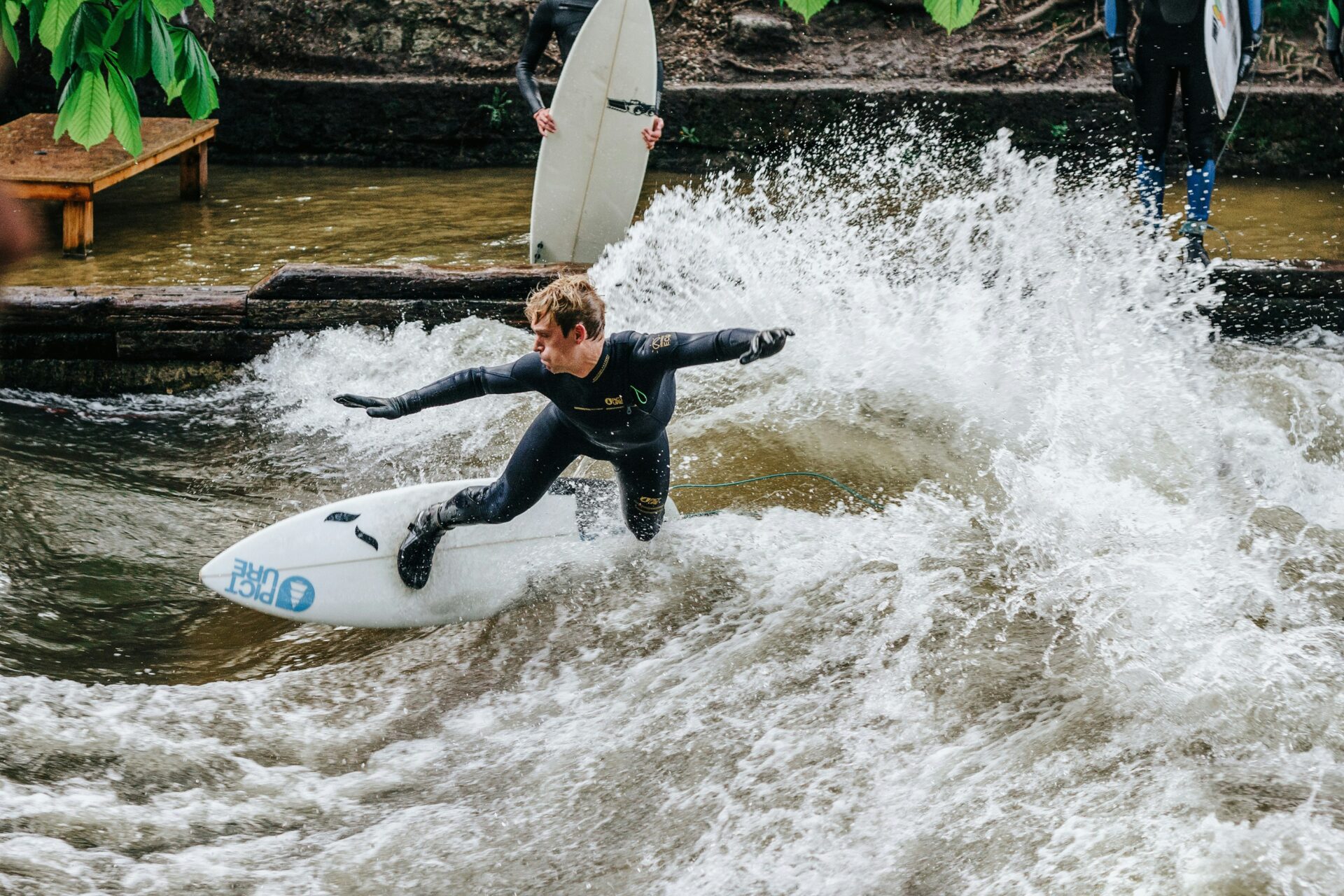
Market Life at Viktualienmarkt
Whenever I crave a taste of Munich, I wander over to Viktualienmarkt. This open-air market overflows with stalls selling fresh fruit, cheese, bread, and all kinds of Bavarian treats.
There’s always something new to sample—pickles, pastries, you name it. The market buzzes with chatter.
Locals shop for groceries, and plenty of people sit under chestnut trees in the beer garden, taking a break in the middle of the day. The smell of sausage and coffee mixes with laughter and the clink of glasses.
I find it easy to strike up a conversation here, whether I’m hungry for food or just a good story.
Markets like this remind me how much Munich values tradition and community. It’s also the best place to grab picnic supplies before heading to the English Garden.
- Must-try: Bavarian Obatzda (cheese spread) and a fresh pretzel from one of the bakery stalls.
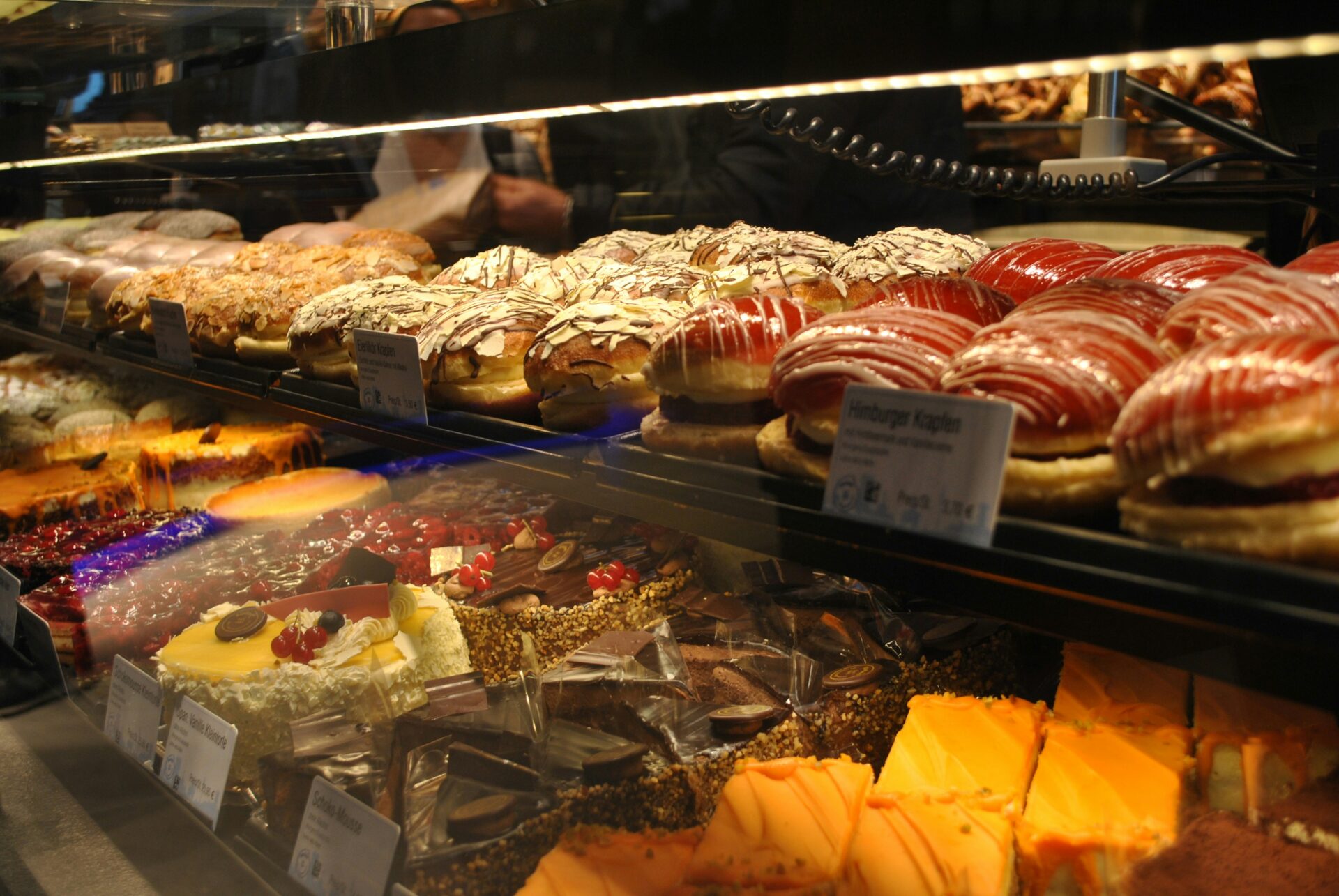
Architectural Wonders: Frauenkirche and New Town Hall
Munich’s architecture always makes me stop and look up. The twin domes of the Frauenkirche tower above the city and help me find my way if I get turned around.
Inside, the church feels bright and calm, with sunlight streaming through tall windows. The “Devil’s Footprint” near the entrance always gets me curious.
Not far away, the New Town Hall (Neues Rathaus) looks like it belongs in a fairy tale. Statues, gargoyles, and coats of arms cover the façade.
I took the elevator to the viewing platform on my first visit and got a sweeping view of red rooftops and the Alps in the distance. Both buildings are easy to reach by public transport.
They give a real sense of Munich’s history and pride. Exploring them helps me see why the city feels both historic and alive.
| Landmark | Key Features | Suggested Activity |
|---|---|---|
| Frauenkirche | Twin domes, legend | Climb tower for city views |
| New Town Hall | Neo-Gothic design | View Glockenspiel, rooftop terrace |

Savoring Bavarian Cuisine and World-Class Beer
The moment I arrived in Bavaria, the food and beer culture jumped out at me. Every meal and beer hall visit turned into an experience—full of flavor, tradition, and a lot of noise in the best way.
From Weisswurst and Pretzels to Bavarian Delights
Stepping into a Bavarian bakery or restaurant, I always catch the smell of fresh-baked pretzels—brezen—before anything else. They’re golden, crisp on the outside, soft in the middle.
I usually pair them with Obatzda, a creamy cheese spread that locals seem to love. The classic Bavarian breakfast is all about Weisswurst.
These mild, veal sausages come with sweet mustard and, naturally, a pretzel. Locals eat them before noon, and it’s a tradition they take seriously.
Other dishes like Schweinshaxe (crispy pork knuckle) and potato dumplings are rich and filling—perfect after a day of exploring or hiking. When I want something lighter, I go for roast chicken or Bavarian potato salad, especially at beer gardens.
My rule? If I see locals ordering it, I do the same. That’s how I stumbled on so many favorites.
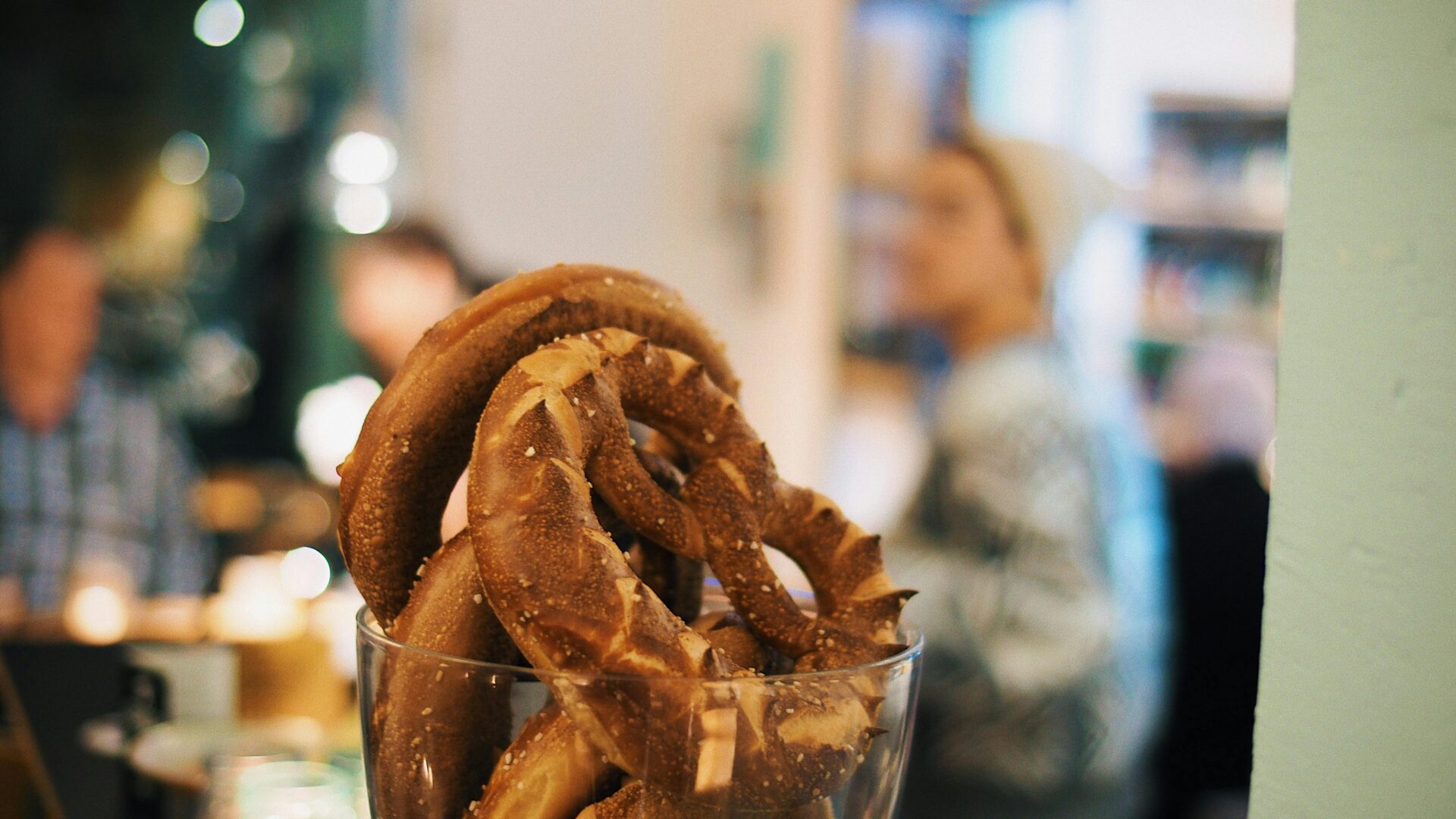
Unforgettable Beer Gardens and Breweries
Bavaria’s beer gardens—biergartens—might just be my favorite part of eating here. I sit under shady chestnut trees at long wooden tables, share laughs with locals, and drink world-class beer straight from the tap.
The vibe is lively but somehow still relaxed. Families, old friends, and total strangers crowd together, united by huge steins of cold lager.
Many beer gardens let you bring your own food, so sometimes I pack an extra pretzel or sausage. A few breweries stand out.
Augustiner Bräustuben in Munich pours traditional Augustiner beer in giant, frothy mugs. In Bayreuth, up in Franconia, I found craft breweries and old cellars worth a tour.
Each spot has its own style, flavor, and story. I realized pretty quickly that “beer culture” here isn’t just about drinking—it’s about connecting and unwinding.
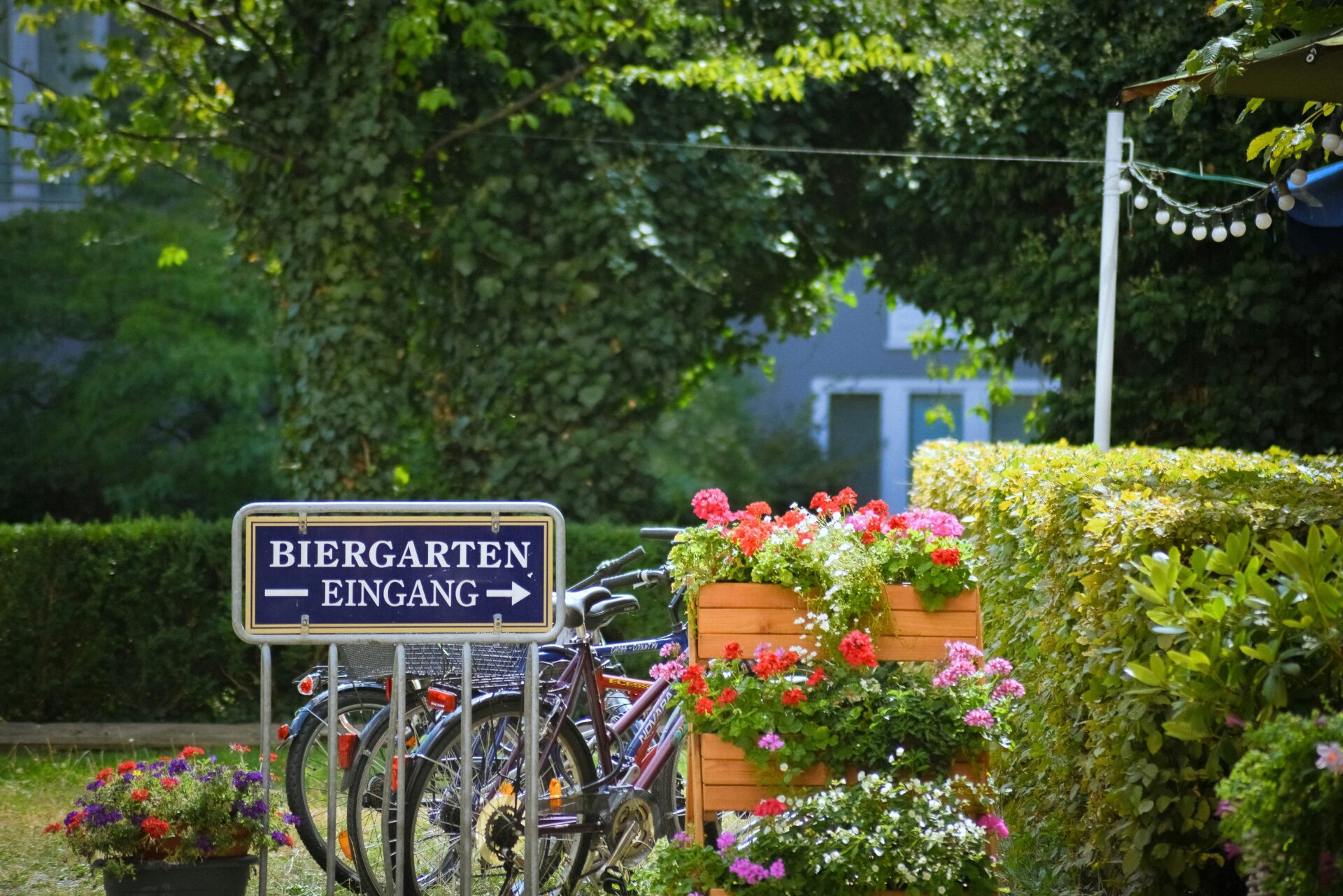
Navigating Munich’s Legendary Beer Halls
Walking into Munich’s famous beer halls is an experience in itself. At the Hofbräuhaus, locals show up in Lederhosen and Dirndls, folk bands play live, and the room fills with the sound of clinking mugs and cheerful shouts.
The Löwenbräu Keller feels cozier, with hearty food and generous beer pours. Sometimes there’s a brass band tucked in a corner. Augustiner’s beer hall has a rustic, family-friendly vibe, packed with regulars and newcomers alike.
Here’s what helped me enjoy these halls:
| Tip | Why It Matters |
|---|---|
| Reserve ahead | Popular halls fill up fast |
| Try the house beer | Each hall has its specialty |
| Join a communal table | Meeting people is part of the fun |
Some nights I went for a big meal, other times just a beer. Either way, the mix of history, tradition, and that infectious energy always left me smiling.

The Reinheitsgebot and Brewing Heritage
Bavaria’s love for quality beer stretches back for centuries. The 1516 Reinheitsgebot, or German Beer Purity Law, actually began here.
Back then, brewers could only use water, barley, and hops. I noticed every pint I tried paid tribute to this old rule, and honestly, you could really taste the difference.
I spent an afternoon hanging out at a brewery in Franconia. The brewers explained how they still let this law guide their recipes even now.
Bayreuth has these brewing museums that dive into the science and tradition behind every mug. Even in smaller towns, I found local brewers who take pride in sticking to those same centuries-old standards.
If you’re traveling here, discovering the Reinheitsgebot means you get to drink beer that’s fresh, classic, and genuinely rooted in history. That little bit of knowledge made every toast in Bavaria feel even more special.

